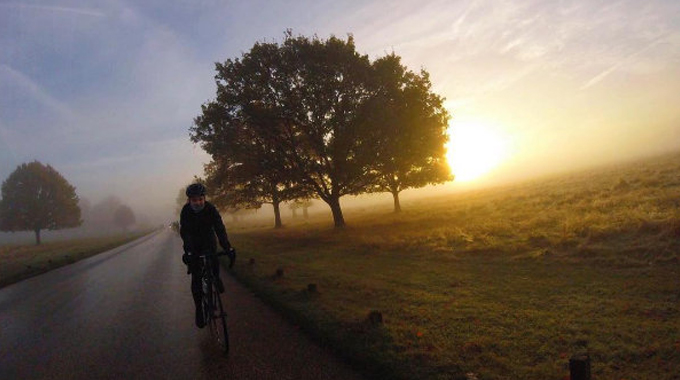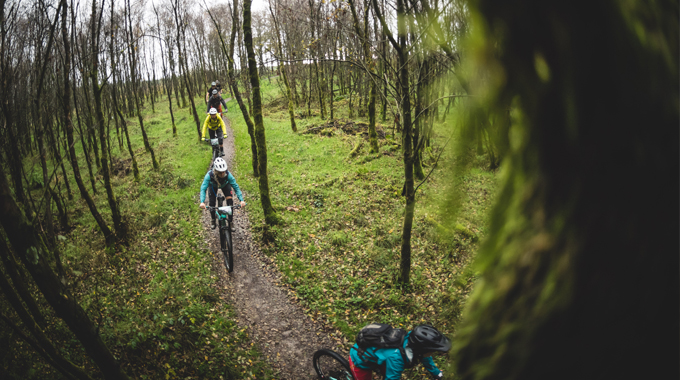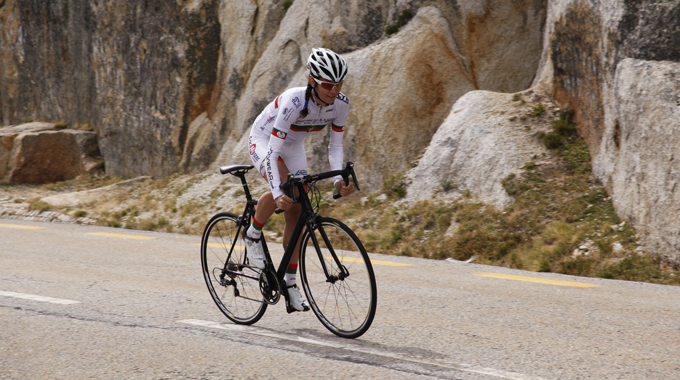Hills, group rides and competition: the enemies of base training

One of the challenges of this base work for women, in particular, is having the discipline to avoid the temptation of working harder than you should. This is advice that men should follow too, but for women riding in a mixed group, the pace can sometimes be a little too quick. This is of course not always the case, but it is important to keep an eye on how hard you are working particularly if you are taking in some hills.
How to use hill reps to become a stronger cyclist
Finding the right group or training partner can be really helpful and dropping back or going at your own pace up the hills is a sensible way to ensure you are still getting what you need. Stay confident in the knowledge that keeping things steady now will allow you to reap the rewards when you start to introduce some harder efforts in the spring.
Using a heart rate monitor and training zones

If you are anything like me it’s easy to be in denial about how hard you are working, especially when you start to enjoy yourself. Keeping a lid on your enthusiasm and competitiveness for the majority of your winter training is critical to developing your endurance. Using a heart rate monitor to keep an eye on intensity is the simplest and cheapest way to keep yourself in check.
Your definitive guide to power meters
In the case of heart rate training zones, there is often some variation in what is termed a base or endurance intensity, and base or endurance training may be sub-divided into lower and upper ‘levels’. These levels will usually be set either on the basis of a maximum heart rate determined by a ‘ramp test’ or by a maximum sustainable heart rate determined by a constant test of 20 minutes or longer (a ‘functional threshold test’). The higher end of the endurance or ‘base training’ zone will be roughly 35 to 45 beats per minute less than your ramp test maximum heart rate, or around 85-95 % of your sustainable 20-minute heart rate.
Power to weight ratio explained
Whatever the method of testing you use to identify your endurance training zones, the benefits of working at these intensities in a focused way is that you will improve your cardiovascular and muscular fitness and physiological changes will take place that makes you more efficient at using fuel, and ‘sparing’ your all-important limited muscle and liver glycogen (carbohydrate) stores. In essence, for the same workload, your body becomes more efficient, and it is this foundation that will open up your options for what you can achieve next year.






